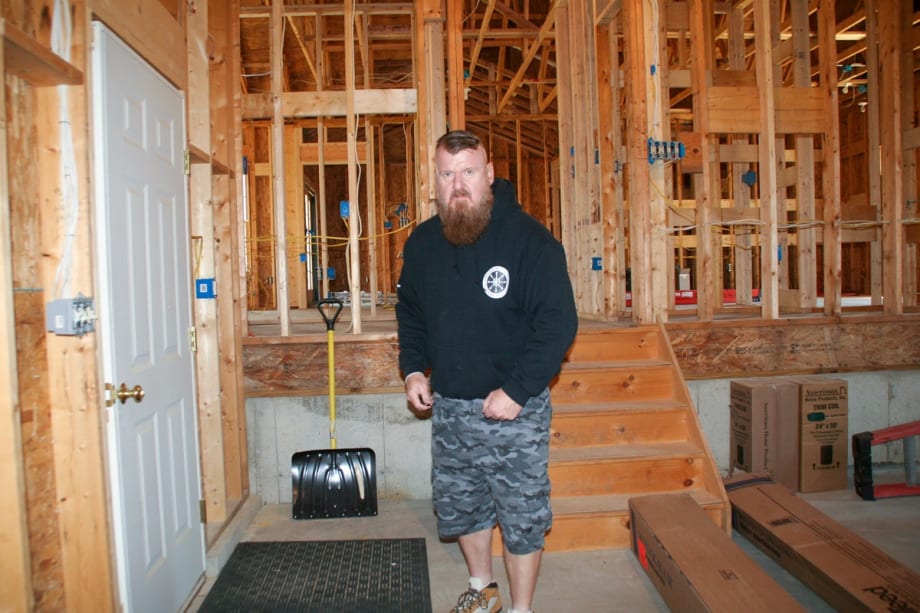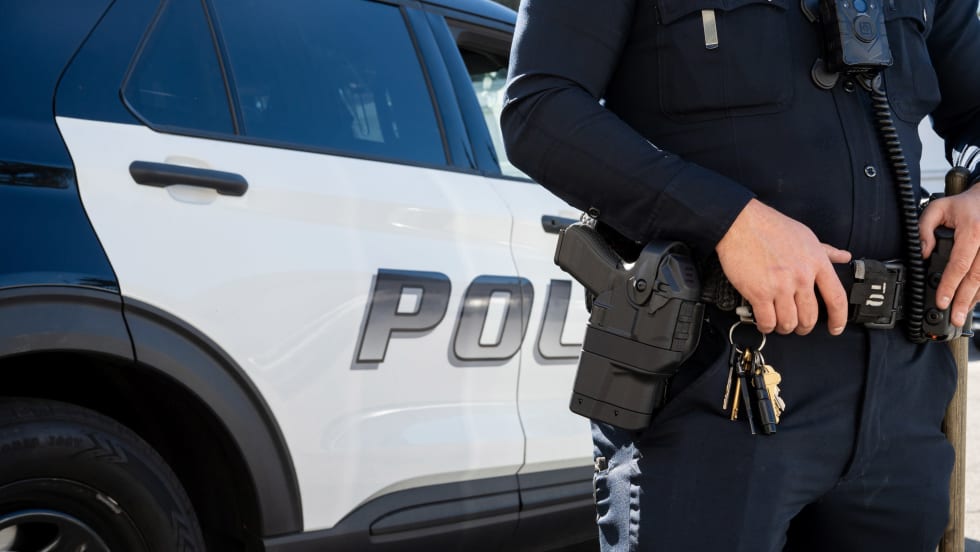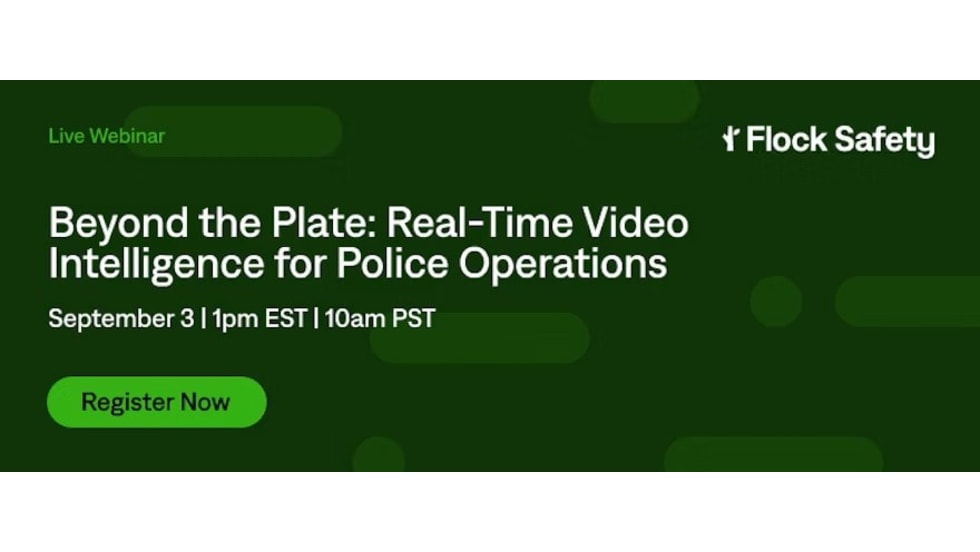You may have stopped this person for a minor traffic infraction, and for some officers that's their only mindset: Stop the violator, issue the summons, and then go get another one. Yet in reality, you need to look at every encounter as having the potential to turn deadly—whether from a shooting or other type of attack.
That doesn't mean you walk around paranoid thinking everyone is out to kill you, because that's really not the case. It's not us against them, even if it feels that way sometimes. It means you stay alert to the warning signs of a potential attack, and the warning signs are out there if you look for them. Too many officers either ignore the pre-attack warning signs or dismiss them as being something else.
Verbal and Non-Verbal Signs
What are the pre-attack warning signs? Some are extremely obvious, while others are not so apparent but still detectable if you're looking for them. The most obvious ones are the verbal cues. The bad guy will tell you, "I'm not going back to jail. You're not arresting me. I'm going to kick your a--."
Recognizing nonverbal preattack warnings signs is something we all need to work on, as they are not as obvious. It's said that between 60% and 90% of human communication is body language, or nonverbal communication. A recent study cited Botox as a factor in miscommunication, both in the workplace and at home, for an individual's personal life. This is because other people are often unable to read the "facial expressions" of a person who has received Botox treatments. Imagine giving your spouse some horrendous news, only to have them sit there expressionless with a frozen face. Thankfully, most people's faces and other body language communicate what they're thinking or feeling, whether they realize it or not. If you know what to look for.











